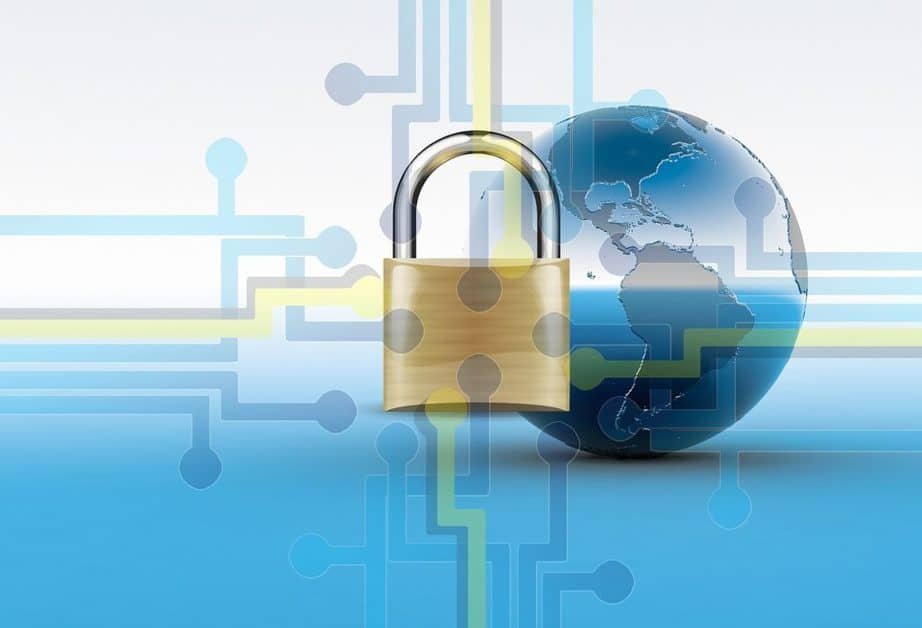In this digital age, wireless networks have become an essential part of our daily lives. From streaming videos to online banking, we rely on these networks for almost everything. But with the increasing amount of sensitive information sent over these networks, such as personal and financial data, security concerns arise. That’s where encryption comes in! In this blog post, we’ll explore what encryption is and what technology can be used to encrypt data sent over a wireless network. So buckle up and let’s dive into the world of wireless network security!
What is encryption?
Encryption is a way to secure data by converting it into an unreadable format. It is used to protect confidential information from unauthorized access and ensure privacy. The process of encryption involves using a mathematical algorithm or code to scramble the original message, making it impossible for anyone without the key to decipher it.
In simple terms, encryption can be compared to locking your valuables in a safe before leaving your home. Just as you need a key or combination to open the safe and access its contents, encrypted data requires a specific decryption key or password for access.
With advancements in technology and increased reliance on digital communication, encryption has become an essential tool for protecting sensitive information such as financial details, personal identities, medical records and other confidential data. Despite its importance in securing online activity, there are still concerns about potential vulnerabilities and weaknesses that could expose encrypted data if not properly managed.
Understanding what encryption is and how it works is crucial for maintaining privacy and security when transmitting valuable information over wireless networks.
How does encryption work?
Encryption is a process of encoding information in such a way that only authorized parties can access it. In simple terms, encryption converts plain text into scrambled code to keep the data secure from unauthorized access. The encrypted message or data can only be read if the receiver has the corresponding key to decode it.
The encryption process begins by creating an algorithm or cipher that uses mathematical functions and complex algorithms to scramble the original data. This algorithm generates a unique set of keys used for encryption and decryption.
Once this algorithm is created, the plaintext message undergoes transformation with these keys using cryptographic techniques like substitution, transposition, permutation etc., resulting in ciphertext – which appears as random characters but holds all confidential information.
These ciphers are not easily reversible without having knowledge of decoding algorithms and deciphering keys required during transmission; hence making sure that unauthorized users cannot understand or modify them.
This entire process takes place within milliseconds while transmitting messages over wireless network protocols like Wi-Fi, Bluetooth etc., ensuring privacy and security of our sensitive data being sent over these networks.
What are the benefits of encryption?
Encryption is the process of converting plain text into an unreadable format that can only be deciphered by authorized parties. This technology has become an essential tool for securing sensitive information, particularly in today’s digital age.
One primary benefit of encryption is data security. Encrypted data cannot be accessed or read by unauthorized individuals, which helps to protect confidential information from theft or hacking attacks.
Another advantage of encryption is privacy protection. Encryption ensures that personal and private information such as banking details, passwords, and other sensitive data remain secure when transmitted over a wireless network.
Encryption also promotes trust between businesses and their customers. By encrypting customer data, businesses demonstrate that they take security seriously and are committed to protecting their customers’ privacy.
Moreover, encrypted communication reduces the risk of identity theft by preventing attackers from intercepting sensitive personal information like social security numbers or credit card details.
Encryption provides various benefits such as improved data security, privacy protection, trust-building between businesses and customers while reducing the risk of identity theft.
What technology will encrypt data sent over a wireless network?
When it comes to encrypting data over a wireless network, there are several technologies available that can be used to ensure the security of your data. One such technology is Wi-Fi Protected Access II (WPA2), which is currently the most widely used encryption standard for securing wireless networks.
This technology uses a pre-shared key (PSK) or personal mode, where each device on the network has its own unique password. This ensures that only authorized users can access the network and any data transmitted over it remains encrypted.
Another increasingly popular encryption technology for wireless networks is Transport Layer Security (TLS). This protocol provides end-to-end encryption between two devices and is commonly used in web browsing and email applications.
In addition to WPA2 and TLS, Virtual Private Networks (VPNs) are also an effective way to encrypt data sent over a wireless network. VPNs create secure connections between remote devices by routing traffic through private servers, ensuring that all communication remains encrypted from end-to-end.
Choosing the right technology to encrypt your wireless network depends on your specific needs and requirements. It’s important to evaluate different options carefully before making a final decision.
Conclusion
To sum up, encryption technology has become essential for protecting sensitive data transmitted over wireless networks. It provides a secure channel for communication between devices while preventing unauthorized parties from accessing confidential information. Many advanced encryption technologies are currently available, and choosing the right one depends on various factors such as compatibility with the device and network infrastructure. It is crucial to invest in reliable security solutions that can encrypt data effectively and keep it safe from cyber threats. With the continuous advancement of technology, we can expect even more sophisticated methods of encryption to emerge in the future, providing better protection against evolving cybersecurity risks.











FIND US ON SOCIALS